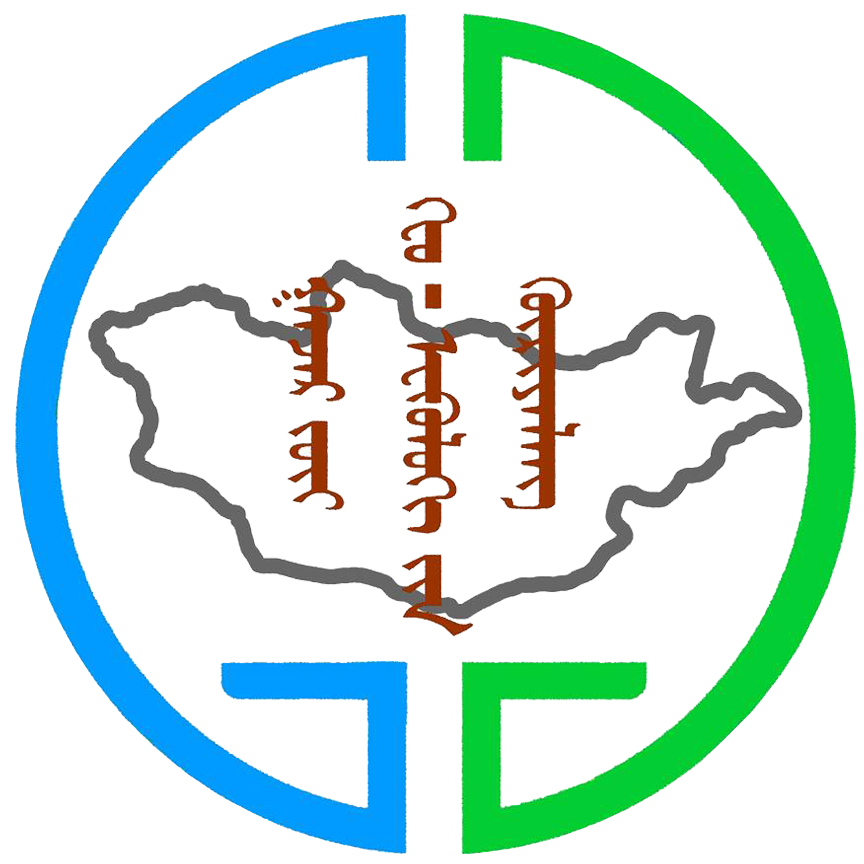1-s2.0-S0048969721045071.pdf
Greenhouse gases (GHGs) released from permafrost regions may have a positive feedback to climate change, but there is much uncertainty about additional warming from the permafrost carbon cycle. One of the main reasons for this uncertainty is that the observation data of large-scale GHG concentrations are sparse, especially for areas with rapid permafrost degradation. We selected the Mongolian Plateau as the study area. We first analyzed the active layer thickness and ground temperature changes using borehole observations. Based on ground observation data, we assessed the applicability of Greenhouse Gases Observing Satellite (GOSAT) carbon dioxide (CO2) and methane (CH4) datasets. Finally, we analyzed the temporal and spatial changes in near-surface CO2 and CH4 concentrations from 2010 to 2017 and their patterns in different permafrost regions. The results showed that the Mongolian permafrost has been experiencing rapid degradation. The annual average near-surface CO2 concentration increased gradually between 2.19 ppmv/yr and 2.38 ppmv/yr, whereas the near-surface CH4 concentration increased significantly from 7.76 ppbv/yr to 8.49 ppbv/yr. There were significant seasonal variations in near-surface CO2 and CH4 concentrations for continuous, discontinuous, sporadic, and isolated permafrost zones. The continuous and discontinuous permafrost zones had lower near-surface CO2 and CH4 concentrations in summer and autumn, whereas sporadic and isolated permafrost zones had higher near-surface CO2 and CH4 concentrations in winter and spring. Our results indicated that climate warming led to rapid permafrost degradation, and carbon-based GHG concentrations also increased rapidly in Mongolia. Although, GHG concentrations increased at rates similar to the global average and many factors can account for their changes, GHG concentration in the permafrost regions merits more attention in the future because the spatiotemporal distribution has indicated a different driving force for regional warming.
There are no views created for this resource yet.
Additional Information
| Field | Value |
|---|---|
| Data last updated | April 4, 2022 |
| Metadata last updated | April 4, 2022 |
| Created | April 4, 2022 |
| Format | application/pdf |
| License | Бусад (Нээлттэй) |
| created | over 3 years ago |
| format | |
| id | b4aef3c0-9ada-4ec1-81d6-8608bf80dee8 |
| last modified | over 3 years ago |
| mimetype | application/pdf |
| on same domain | True |
| package id | e80e3509-3e8b-40d1-bb69-1ca31357584c |
| revision id | b90189fa-6e99-4b85-b02f-9578266e3c0e |
| size | 399.2 KiB |
| state | active |
| url type | upload |
